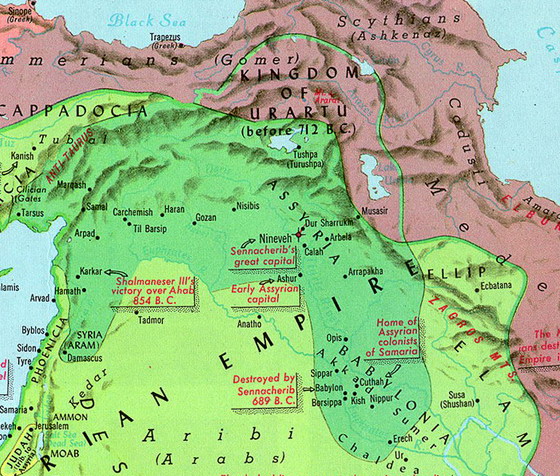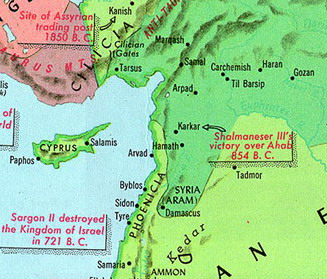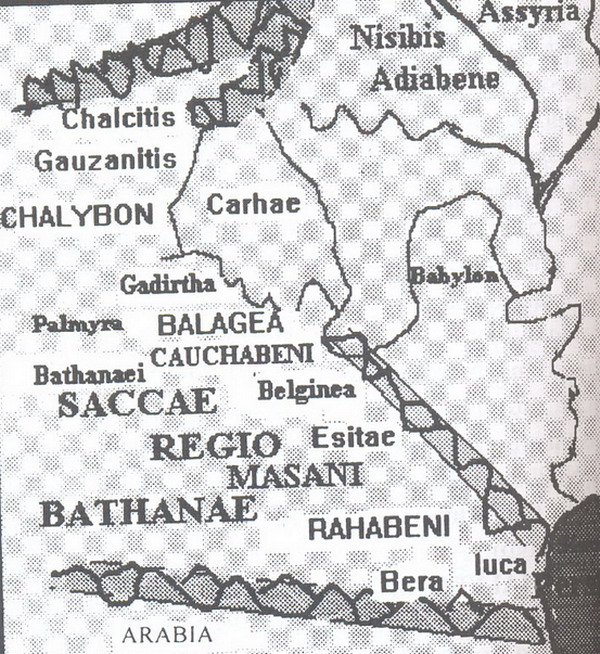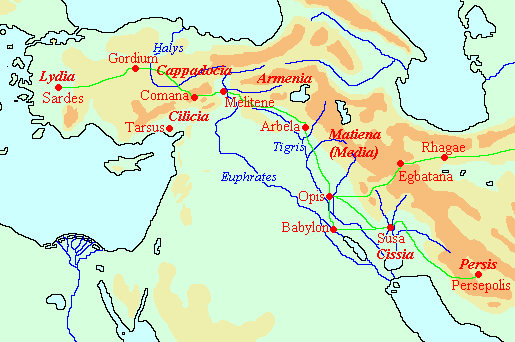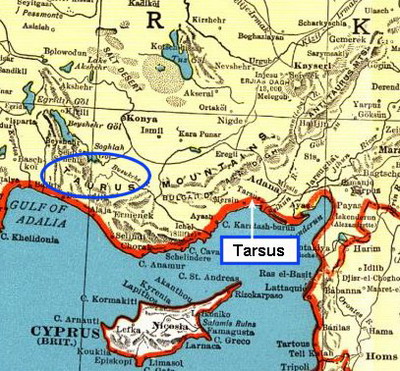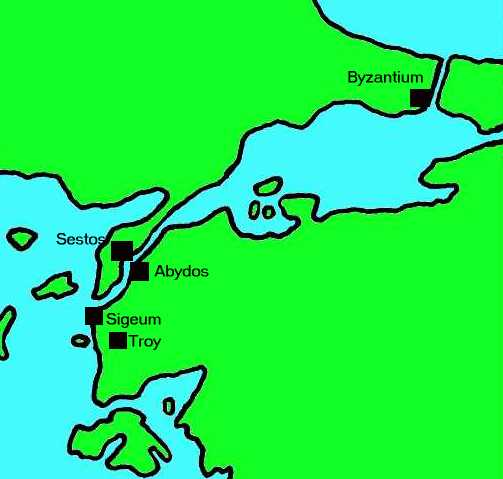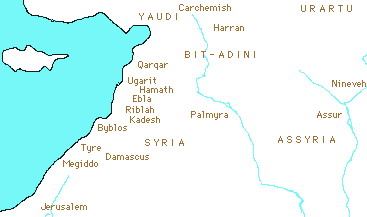
Discussion Group
Research
Revelation
Reconciliation
Contents in Alphabetical Order
This Site

|
Brit-Am Discussion Group |
Contents by Subject |
Home Research Revelation Reconciliation |
Site Map Contents in Alphabetical Order |
This Site |
|
Dan and the Serpent Way.
Dan in Northern Israel,
Greece, and Elsewhere

|
For references to the article below as well as more information on this and related matters, see our work
|
